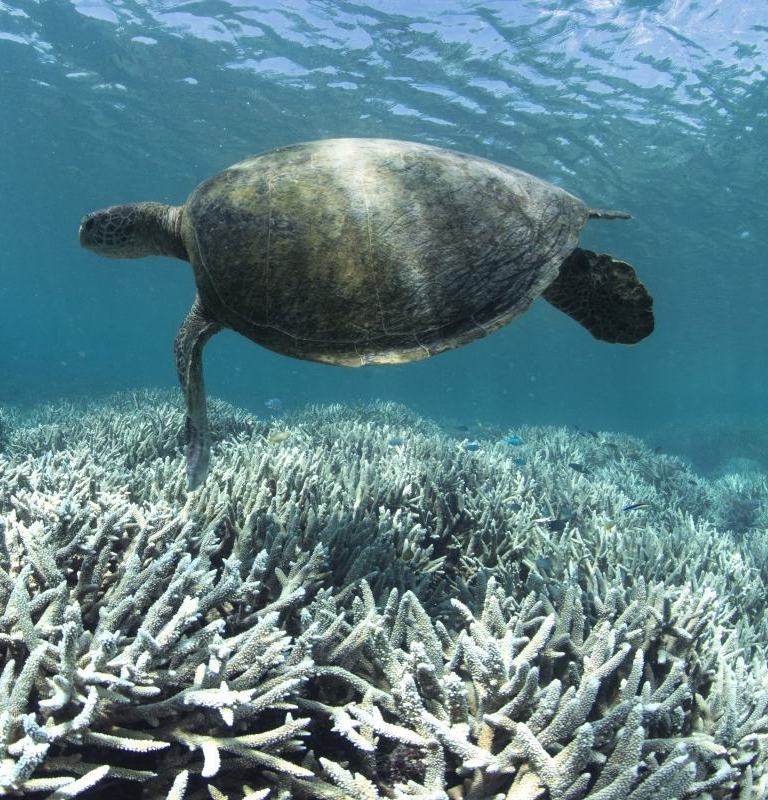Act now or lose it: bleaching kills third of coral in Great Barrier Reef
Mass bleaching has killed more than a third of the coral in the northern and central parts of Australia’s Great Barrier Reef, though corals to the south have escaped with little damage, scientists said on Monday. Researchers who conducted months of aerial and underwater surveys of the 2,300-kilometre (1,400-mile) reef off Australia’s east coast found that around 35 per cent of the coral in the northern and central sections of the reef are dead or dying. Terry Hughes, director of the ARC Centre of Excellence for Coral Reef Studies at James Cook University in Queensland state, said some parts of the reef had lost more than half of the coral to bleaching. The extent of the damage, which has occurred in just the past couple of months, has serious implications, Hughes said.
Is it surprising? Not anymore. Is it significant? Absolutely. We’re talking about losing 35 per cent of the population of coral in some of these reefs — that’s huge.
Mark Eakin, at the U.S. National Oceanic and Atmospheric Administration
The damage is part of a massive bleaching event that has been impacting reefs around the world for the past two years. Experts say the bleaching has been triggered by global warming and El Nino, a warming of parts of the Pacific Ocean that changes weather worldwide. Hot water puts stress on coral, causing it to turn white and become vulnerable to disease. Other reefs have suffered even more severely from the recent bleaching; Some Pacific islands, for example, have reported over 80 per cent coral death rates, Eakin said. Last year, the United Nations’ heritage body expressed concern about the state of the Great Barrier Reef and urged Australia to boost its conservation efforts.
Those reefs that have recovered after events like this are the ones that are the most protected, least visited and least disturbed.
Mark Eakin

Great Barrier Reef